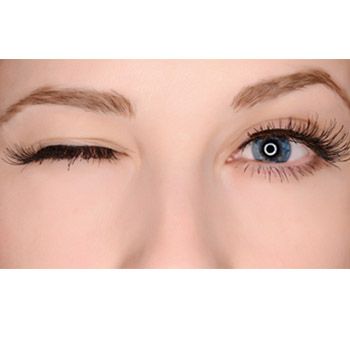Blepharospasm
Blepharospasm is an abnormal, chronic condition, involuntary blinking or spasm of the eyelids. It is also referred as Eye twitching, dystonia, eyelid spasm.
Causes:
- Bright light
- Alcohol intake
- Fatigue
- Caffeine excess
- Irritation of the inner eyelids or eye surface
- Physical exertion
- Smoking
- Stress
- Wind
Symptoms:
- Spasms occurring more frequently during the day, whether the triggers are present or not
- Spasms in response to particular triggers, such as bright lights or fatigue
- Spasms forcing the eyelids shut for hours at a time
- Spasms also pull the eyebrows down towards the eyes.
Diagnosis: There is no particular test for blepharospasm. Diagnosis relies on physical examination, medical history and ruling out other possible causes.
Management:
- Blepharospasm can be a reflex reaction to an underlying disease (most commonly, ocular surface disease) and these needs to be ruled out/managed initially.
- By the wearing of dark glasses reduces the bright light triggers and prevents embarrassment due to the stares of onlookers.
- Stress management.
- Voluntary manoeuvres, such as pulling the eyelid, yawning, talking, pinching the neck, humming and singing, help some individuals.
- Patients with severe blepharospasm must not drive. Those with mild or well-controlled blepharospasm may drive subject to a consultant's approval.
Treatment:
- Blepharospasm does not respond well to antispasmodics or benzodiazepines but tetrabenazine has been shown to be of moderate benefit in some patients.
- The preferred treatment is injection of botulinum toxin type A into the orbicularis oculi muscle.
- Deep brain stimulation (DBS) has been used for other forms of dystonia. It is occasionally used for refractory blepharospasm, in particular when it is a part of Meige syndrome.
- Protractor myomectomy may be used. It can improve significantly visual disability in those botulinum toxin injection is ineffective, and for those who have associated apraxia of eyelid opening.
